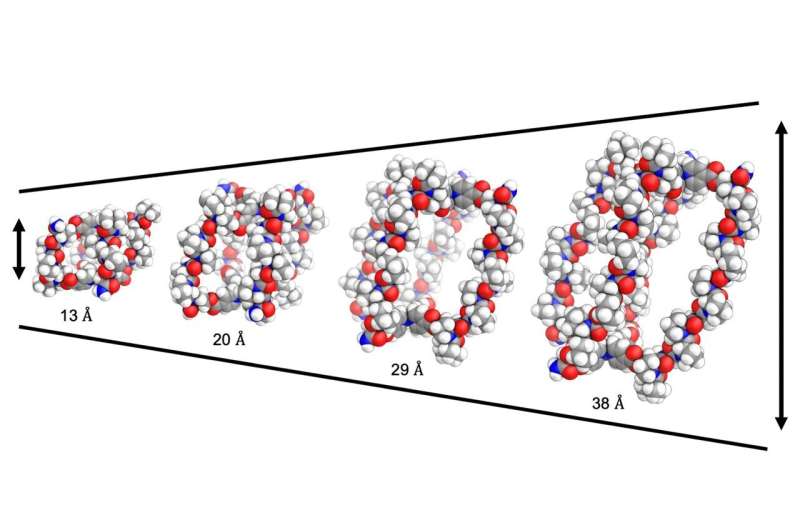Amino acid found in chicken feathers could deliver chemotherapy drugs and repair enzymes
- Get link
- X
- Other Apps

A new method of drug delivery using proline, an amino acid found in chicken feathers and skin tissue, could be used to limit the side effects of chemotherapy and repair important enzymes, new research suggests.
Published in the journal Chem, researchers have designed a cage (a box made of single molecules) from biologically-compatible peptides, short amino acids that form the basis of proteins. These cages can house drugs of different sizes and transport them in the body with high levels of precision.
The negative side effects associated with chemotherapy, such as hair loss and nerve damage, are a result of «off-site toxicity,» where the treatment kills healthy cells surrounding tumors as well as the tumor itself. By creating a nano-sized cage to house the drug and carry it into the tumor before releasing it, this effect can be channeled more directly to the tumor, shielding healthy cells.
The cage can be tuned to different sizes, enabling different payloads of drugs. This flexible structure allows for chemotherapy drugs, antibiotics, and antivirals to potentially be delivered. Previously, cages of this kind could only be made using hydrocarbon molecules found in tar, which can often be toxic to humans.
This structure, researchers believe, also opens the door for faulty enzymes to be replaced within the body, which has previously not been possible. Historically, enzymes, which are composed of proteins and perform important functions in the body, could only have their activities blocked by drugs. The blocking of this functionality would then have an impact in the body, like reducing inflammation. Now, the cages could replace this function, which may lay the groundwork for a new form of treatment.
Principal author Dr. Charlie McTernan, Lecturer in Chemistry at King’s College London and Group Leader at the Francis Crick Institute said, «What we’ve created is essentially a biologically compatible molecular teabag. We can fill this teabag, or cage made from widely available proline and collagen, with several different medicines and deliver them in a much more targeted way than we could before.»
«In time, we hope that this could mean that we can limit the hair loss, nausea, and other unpleasant side effects of chemotherapy. We might even be able to repair malfunctioning enzymes that have an influence on the development of cancer. The best part is we can do this sustainably and at scale.»
Proline is very straight and rigid in shape, while also being soluble in water, which makes it uniquely suited for drug delivery, as water makes up roughly 60% of the human body. By binding the peptide to small amounts of metal such as palladium, the researchers could create a tuneable structure that could rapidly increase or decrease in size.
As proline and collagen are widely available and don’t rely on chains of hydrocarbons like previous methods, the team hope to sustainably scale up their current production in the lab.
More information:
Barber et al., Metal-Peptidic Cages—Helical Oligoprolines Generate Highly Anisotropic Nanospaces with Emergent Isomer Control, Chem (2024). DOI: 10.1016/j.chempr.2024.05.002. www.cell.com/chem/fulltext/S2451-9294(24)00223-7
Journal information:
Chem
Provided by
King’s College London
Citation:
Amino acid found in chicken feathers could deliver chemotherapy drugs and repair enzymes (2024, May 29)
retrieved 16 June 2024
from
This document is subject to copyright. Apart from any fair dealing for the purpose of private study or research, no
part may be reproduced without the written permission. The content is provided for information purposes only.
- Get link
- X
- Other Apps
Comments
Post a Comment